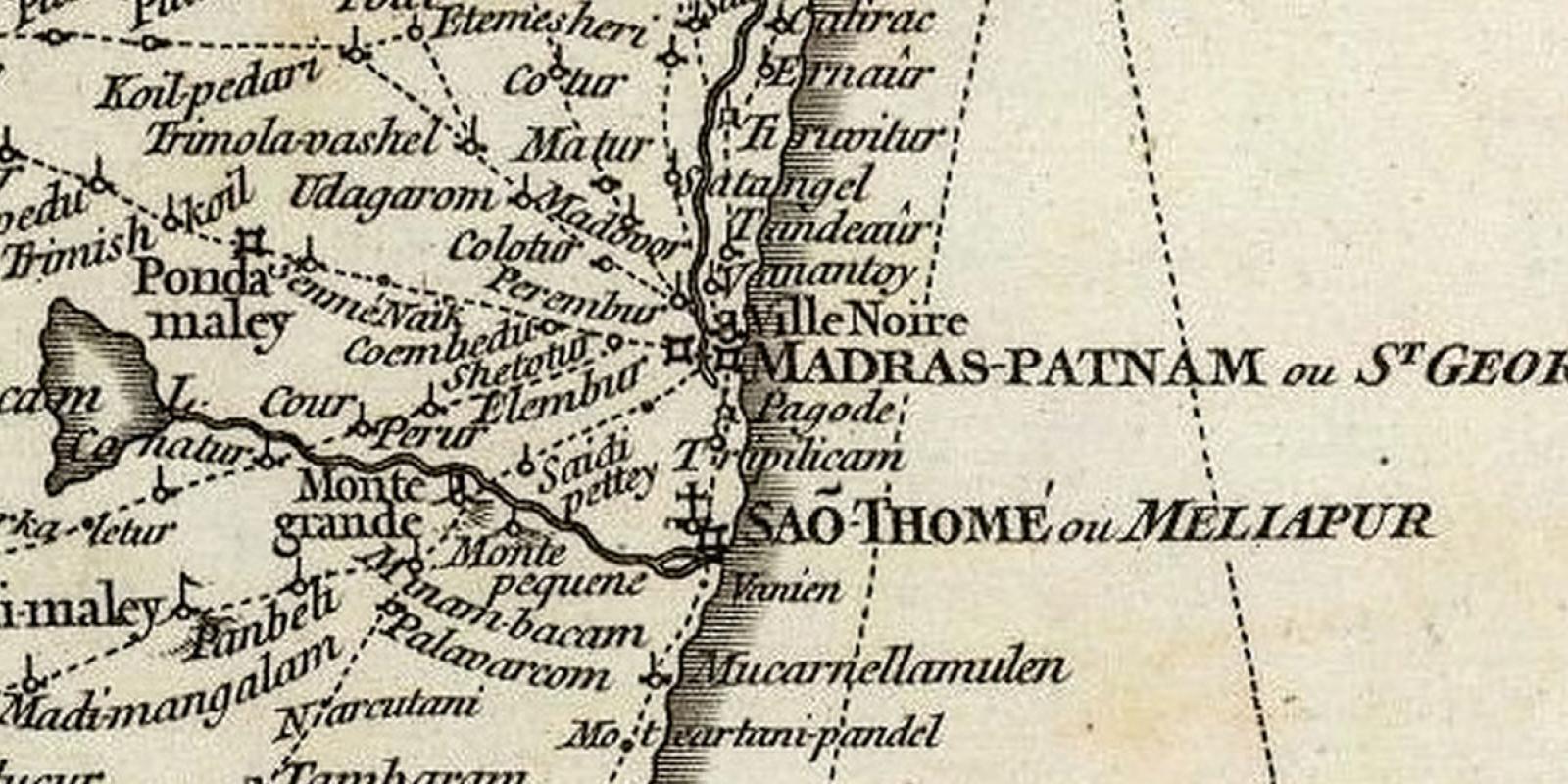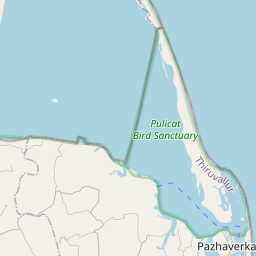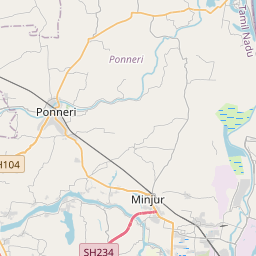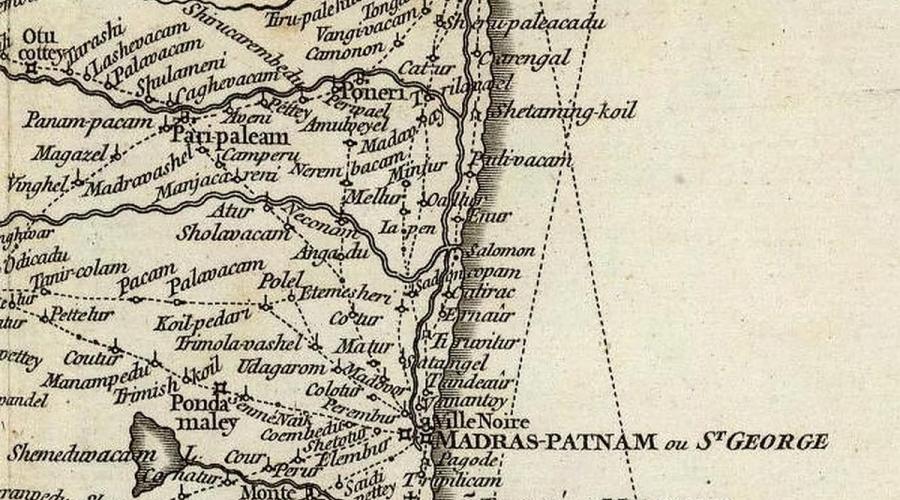
The focus of the present study is on the downstream area where the river basin drains into the Bay of Bengal sea in close proximity to Buckingham Canal and Ennore Creek.












Rationale
The study area has been selected for its eco-sensitive nature where the scope for a ‘River city method’ of planning is huge as well as urgently needed to plan for sustainable urbanisation in the coming decade. Specifically, three major factors affecting the water quality of the coastal stretch need to be looked at from the perspective of the river-city nexus:
- Pollution (including fly ash pollution and thermal pollution)
- Groundwater deterioration (possible saltwater infiltration from the sea)
- Excessive cyclone-induced flooding (during NE monsoons)
Moreover, freshwater reservoirs along the stretch such as Poondi, Puzhal lake, and Sholavaram are critical to supplying water to expanding Chennai city. Ennore creek and Pulicat lagoon connected to the river constitute eco-sensitive areas of high interest for biodiversity conservation. Gummidipundi and the surrounding fringe villages are known as hubs of industrial activity. The selected stretch is shown in the enclosed map.




